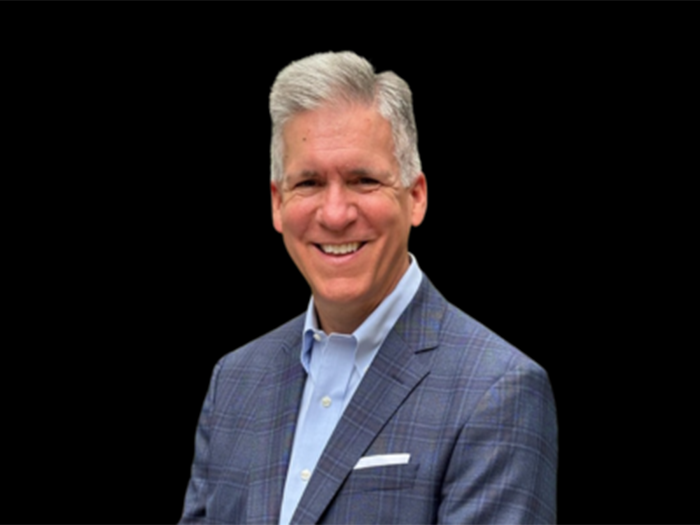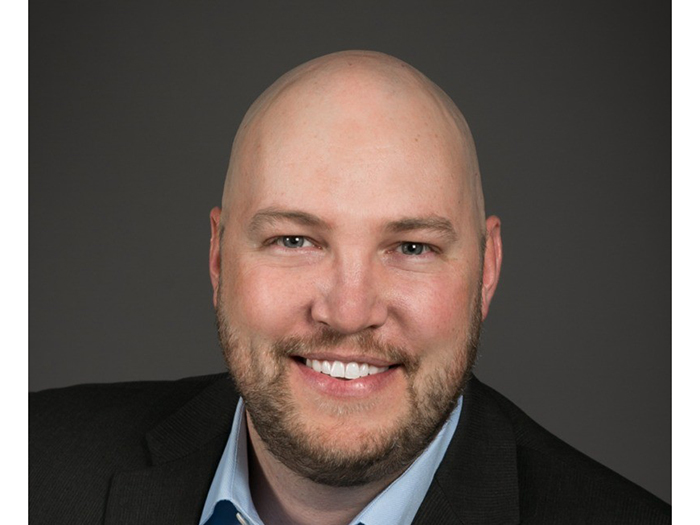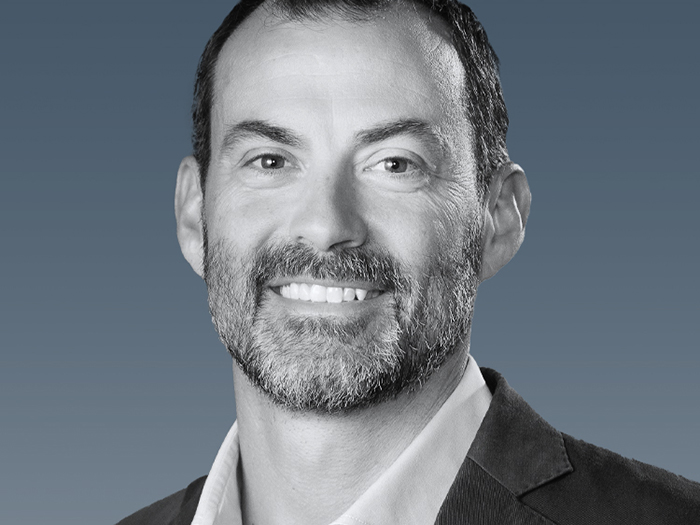When It Comes to Improving Injured Worker Outcomes, Is Anyone Listening?
I have to imagine that anyone attending workers’ compensation conventions is a “student of the game.” In my “other life” as a licensed insurance agent, that idea goes well beyond the mandatory continuing education obligations. It’s an understanding of those agents who are highly effective because they read everything about what is moving the insurance industry forward. As an author writing about the patient experience, I am a student of the workers’ compensation game.
One of the most interesting things that has come to my attention in the past five years is a study by Integer Health, “Ohio Pilot Program Steps Up Workers’ Compensation Effectiveness.” In my estimation, it was such an important reconsideration of how workers’ compensation is priced and delivered that I called the author, Scott Roloff, to chat about it.
One of the questions I asked him was whether or not he was deluged by inquiries from employers wanting to know how Ohio saved money by focusing on outcomes instead of inputs. When he stopped laughing, he said I was the first to call.
Really? It made me wonder if anyone was listening.
What Integer Health learned in the Ohio study (and was confirmed in another study in Fort Worth) is that employers’ and carriers’ focus on finding less expensive doctors, less expensive drugs or other cost-cutting efforts related to inputs at the beginning of a claim results in longer claims and greater costs with less effective outcomes.
I suppose the assumption underpinning all workers’ comp claims is that an injured knee takes a predetermined amount of time to heal, on average, no matter who delivers care or how the care is delivered. But is that true?
My instinct, as an advocate for “optimizing outcomes,” is that can’t possibly be true. But how to prove it? The Ohio study quantifies with hard data that patients given “enhanced care” recovered in about half as much time as those employees who were treated in the traditional method. The result was savings to the tune of millions of dollars.
Are you listening?
I have been given the privilege of presenting the closing panel at the upcoming National Comp convention at the Mandalay Bay Resort in Las Vegas in October. Scott Roloff will be joining me and several other panelists who are focused on outcomes and the savings that can be realized by improving how the value of the front-end inputs are assessed.
Our hope is to redirect the thinking about how to better manage workers’ compensation programming. Too often, cost-cutting is a race to the bottom. Focusing on outcomes actually elevates the injured worker’s experience and is a positive force in hastening their return to work.
I can certainly talk and write about the importance and value of optimizing injured workers after an accident or before surgery, but the workers’ comp industry says to us “Prove it.”
That is exactly what we hope to do at this convention. We hope everyone is ready to listen. &










